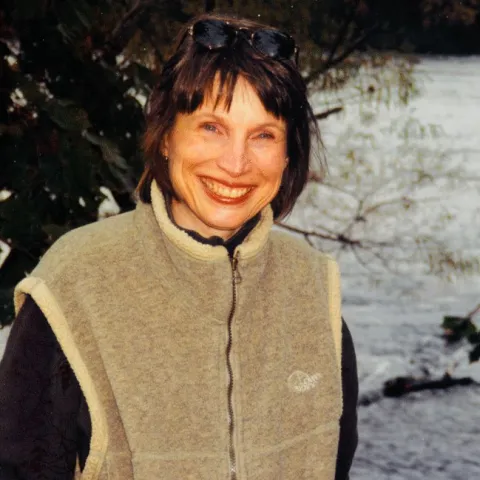Sandlapper's Corner introduces us to several important people in the history of South Carolina!
In 1666, Dr. Henry Woodward proved very valuable to the South Carolina colony because he established trade with the Native Americans among other accomplishments. He had come as a member of Captain Stanford’s exploration party and volunteered to stay in the Colony until Captain Stanford returned. In 1667, Woodward was captured by the Spanish and taken to St. Augustine, Florida and held captive for about a year. He escaped in 1668 after a privateer raided St. Augustine. He took to the waves with the pirate, and after being shipwrecked on an island, eventually made it back to the colonies on the Carolina fleet. Henry Woodward became an interpreter and Indian agent for the fledgling colony.
Born in Antigua, Eliza Lucas moved to the colonies with her family. When her father had to return to Antigua, sixteen year old Eliza took over the management of her father's plantation. Indigo grew well in Antigua and her father sent her some seeds to plant. For three years she experimented with the new crop, and eventually she mastered the growing of the plant and making of the dye. Sharing the seed with her neighbors, Eliza Lucas introduced indigo as the colony's second money crop after rice. Eventually Eliza married Charles Pinckney and two of their sons would grow up to have a hand in the development of a new nation.
We meet Francis Marion and learn how he acquired the nickname "Swamp Fox." Along the way, we meet Rebecca Motte whose home had been commandeered as a fort by the British. Marion's mission was to capture Fort Motte and Rebecca was key as she sacrificed her house to be burned in order to route the British. When the British surrendered, the British as well as Marion's men helped put out the fire to save Rebecca's home. Rebecca is known as a heroine of the American Revolution.
Sandlapper’s Corner was a children's educational program that began airing on SCETV in the 1970s. Produced by Dr. Sandra G. Thomas, the show was about South Carolina—its people and places, its present and past.

